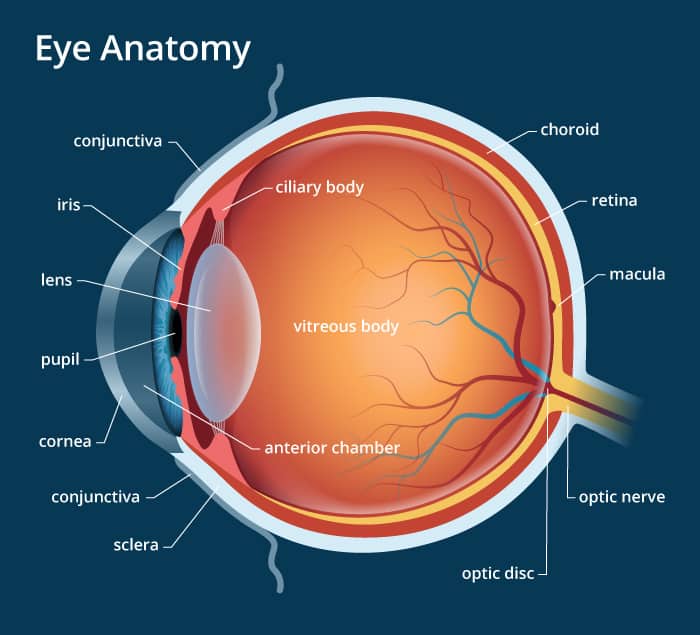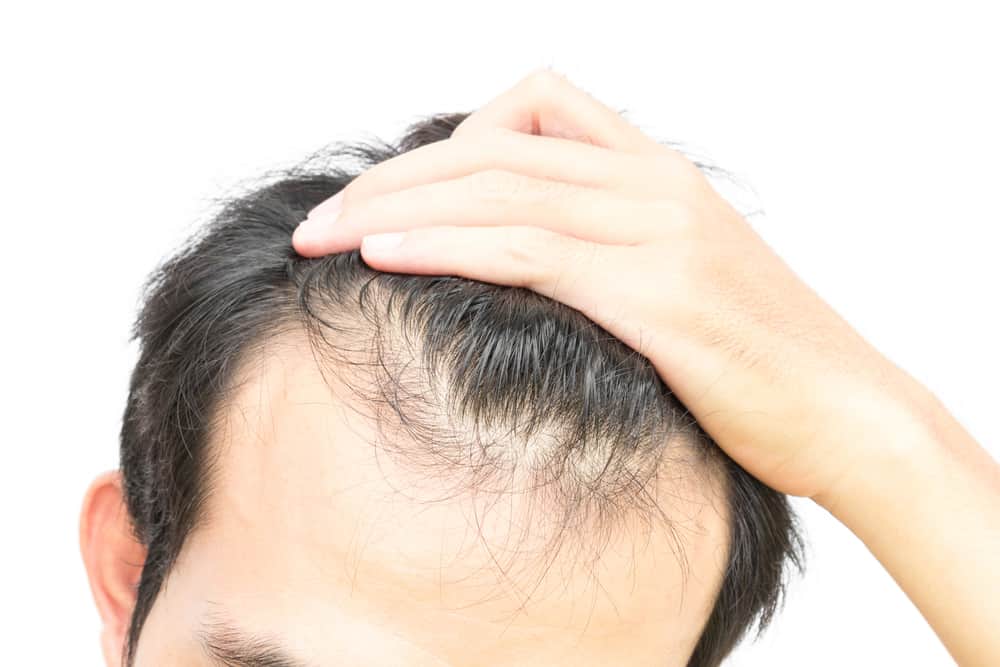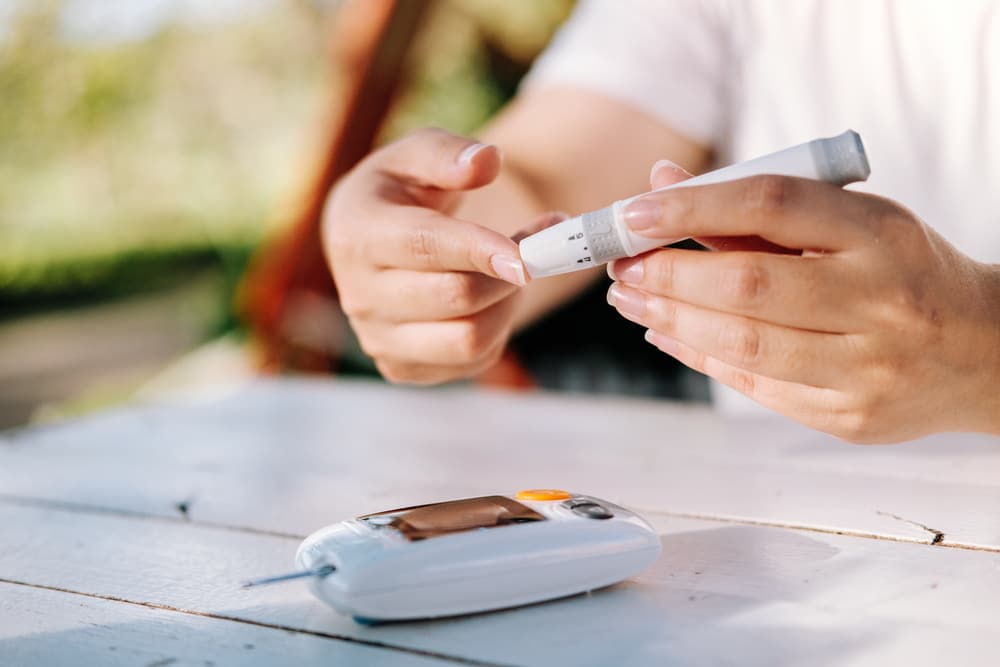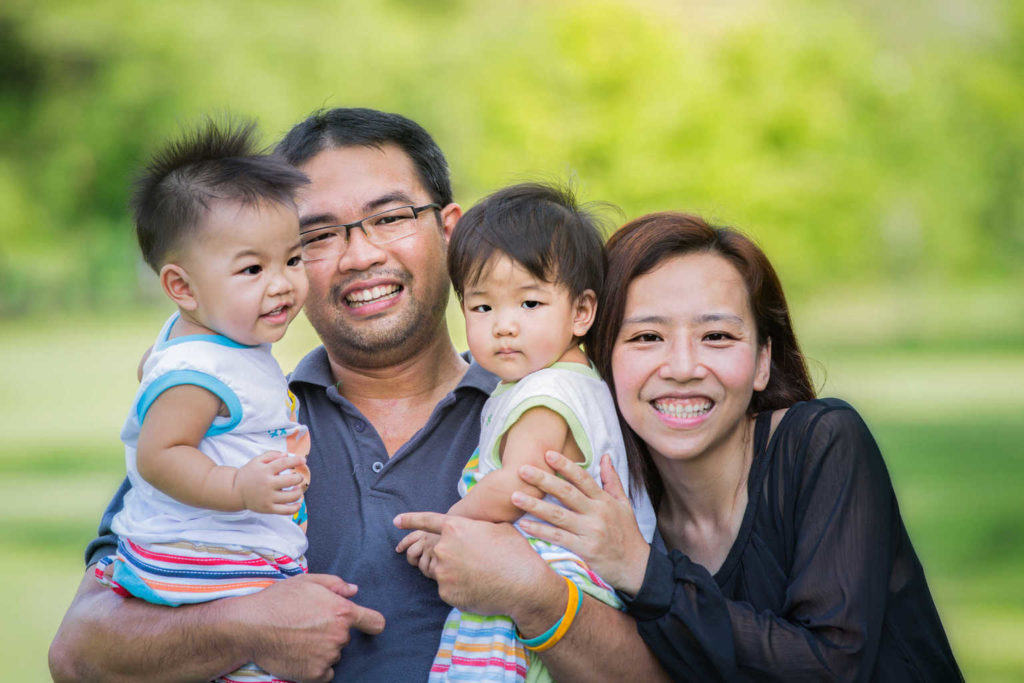Contents:
- Medical Video: 7 Things That Can Change Your Eye Color
- What makes people's eyes different?
- Then, why are there many types of bright eyes?
- There are people who have two different eye colors
Medical Video: 7 Things That Can Change Your Eye Color
You might often notice there are people who have blue eyes, some are green, gray, and there are also dark brown ones. Not because you use color contact lenses, you know! The colors of their eyes are the colors of the original eyes they have had from birth. Usually, blue and green eyes are owned by white people, Caucasians, while brown and black eyes are typical of Asians. Why is everyone's eye color different?
What makes people's eyes different?
The colored circle in the middle of the eye is called the pupil. The color of the pupil is determined by coloring cells called melanocytes. The lightness of your skin and hair color is also determined by the cell's melanocytes.
In the eye, melanocyte cells gather in front of or behind slice (see eye anatomy below). The pupil is right in the middle of the iris.

Melanocyte cells themselves consist of two types of pigments, namely eumelanin (producer of brown color) and pheomelanin (producer of red color). The more eumelanin in your iris, the darker your eyes will be. As many as 55% of people in the world have blackish brown eyes. Conversely, the more pheomelanin in your iris, the lighter your eyes will be.
Then, why are there many types of bright eyes?
Eyes that are originally bright in color, for example blue, green, purple, to gray occur because melanocyte cells accumulate behind the iris. The light received by the iris then bounces back, so that it gives the impression of a blue (or other bright color) on the pupil. Meanwhile, dark colored pupils (dark brown or black) occur because melanocyte cells accumulate in the front layer of iris, which absorbs light.
In addition, variations in eye color are also determined by how much pigment melanin is in the iris. Blue and green eyes, for example, have different amounts of pigment. Reporting from Livestrong's page, people with green eyes have fewer pigments than brown eyes, but more than blue-eyed people. There are also certain iris pigmented parts.
Green is the rarest eye color in the world. It is estimated that only about 2% of the human population has green eyes.
Like many other properties, the amount and type of pigment melanin in your eyes is controlled by the genetic derivatives of your parents. Based on research led by Manfred Kayser, a professor in molecular forensics from Erasmus University Medical Center Rotterdam, so far there are 11 genes that play a role in determining the second color of the human eye.
There are people who have two different eye colors
Six out of a thousand people in the world have a pair of eyes that are different colors between their right and left - one blue eye and one green eye, for example. The condition of these two different eye colors is called heterochromia.
Heterochromia is generally a congenital condition at birth (genetic). The difference in color between the two sides of the eye does not affect the sharpness of vision. However, this condition may also be a sign of eye disease, such as chronic iritis, uveitis, or diffuse iris melanoma, or a result of eye injuries and the use of certain glaucoma drugs.












